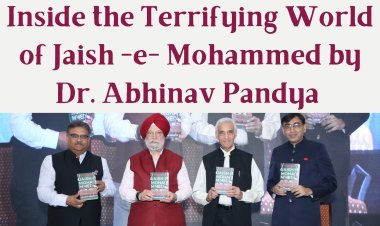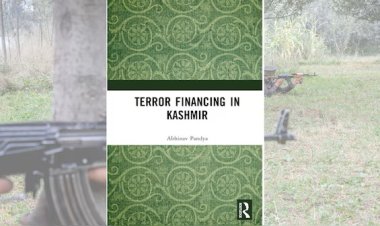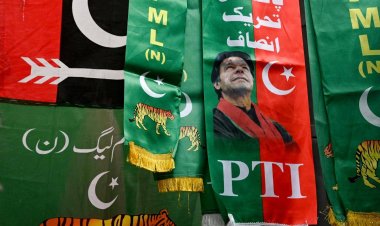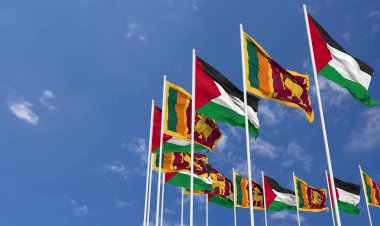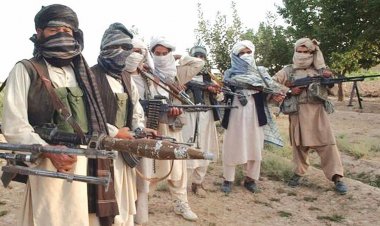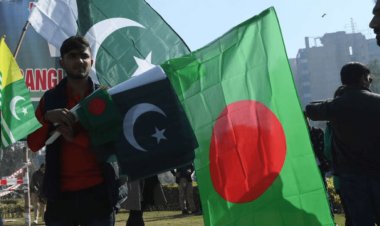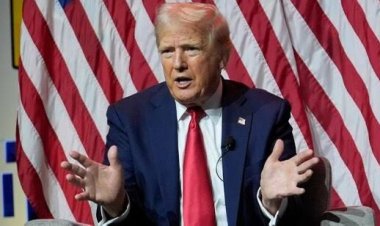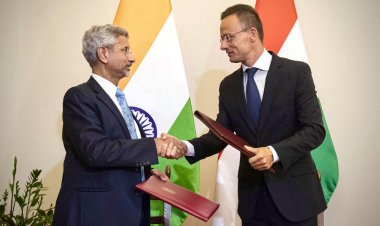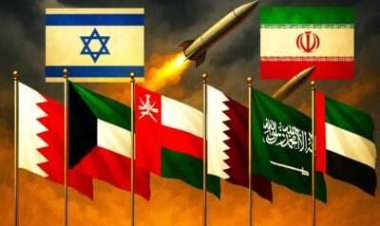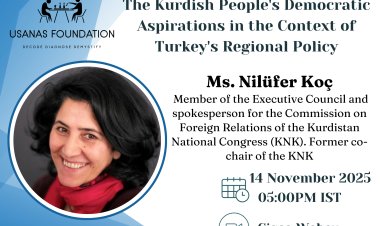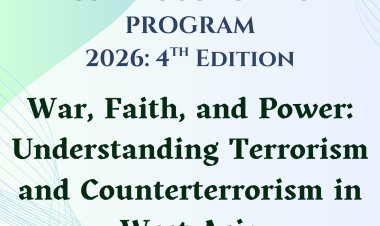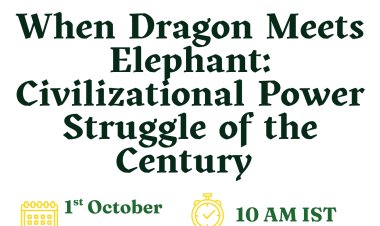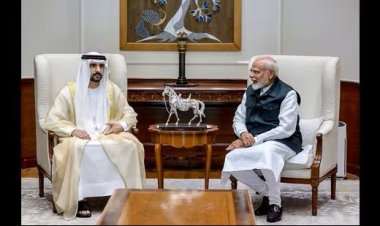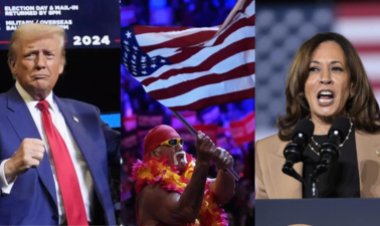India Has a New Parliament, But Does the Nation Need a New Capital Too?
The article discusses why the nation need a new capital.
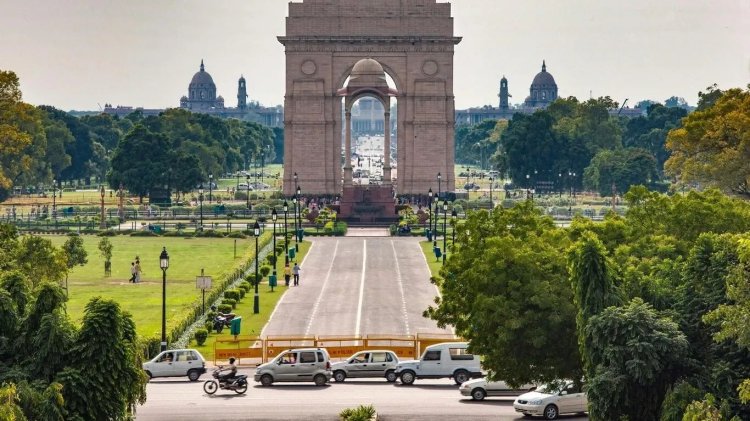
Commentary
By Abhinav Pandya
The topic of this article is a bit unusual and not one of my routine focus areas such as security, foreign policy, and diplomacy. However, in the intuitive crevices of my subconscious mind, it is deeply intertwined with national security and foreign policy. Also, let me confess that this issue has dwelled and is deeply entrenched in my mind over the last 15 years. On several occasions, I thought of sharing it with my readers. At times, I did discuss this with my friends, intellectuals, religious scholars, and strategic experts in random and casual conversations; however, this is the first time I am presenting this thought in a structured manner for the readers.
WHY INDIA NEEDS A NEW CAPITAL
This question may sound either extremely disturbing, revolutionary, or even lunatic to many readers. Such reactions are normal. However, I will try to answer these questions in this piece. My theoretical explanation discussing and analysing the whys and hows of my revolutionary or lunatic proposal ventures into history, strategy, sociology, astrology, and spirituality.
NEVER A CAPITAL OF ANY POWERFUL INDIAN KING
To begin with, arguments drawn from history can help build a robust case for proposing the idea of a new capital. Delhi was never the capital city of any of the powerful and legendary Indian empires and kings in both written and recorded history, and the unwritten and believed history. Lord Rama’s capital was in Ayodhya and Lord Krishna’s seat of power was in Dwarka (Gujarat). Interestingly, he was the most powerful king of his age, and he abandoned Mathura, a city that is closer to Delhi and was vulnerable to frequent attacks by his adversary, the demon king Jarasandh. Also, Mathura as a Yaduvanshi capital witnessed the rise of deceitful imposters like Kansa who made the Yadava capital city a hotbed of political intrigues and conspiracies.
Later, in the Harappan civilisation, flourishing urban centres thrived in Gujarat (Dholavira) and Sindh (Mohenjo Daro) and a few in North India, such as Rakhigarhi. Delhi does not find a mention. Among the 16 Mahajanpadas, the Magadha region in today’s Bihar became the most powerful kingdom. The first Indian empire of Nandas was in Magadha, followed by those of the Mauryas. Notably, Alexander had a tough time dealing with the hill tribal kingdoms of the Punjab-Afghanistan region. His victories are a matter of academic debate; however, after his much-touted victories against the Indian king Porus, his army was worn out, fatigued and exhausted. He had no energy left to chase the mighty Indian king with 60,000 elephants, sitting 3000 kms away in a strategically built capital city of Patliputra, surrounded by rivers on three sides. Imagine, if Delhi had been India’s capital, Alexander would have been much emboldened after his initial minor successes and moved ahead to attack the capital city.
Likewise, other great Indian kingdoms like Guptas, Satvahanas, Cholas, Gujar-Pratiharas etc. never had a capital in Delhi. Guptas, known for their golden era, ruled from Prayagraj, Satvahanas from Pratishthana (today’s Aurangabad region), Cholas from Uraiyur (modern Tiruchirappalli) and Chalukyas from Aihole (Karnataka) and Badami. King Harshvardhana, after whom India’s glorious ancient era started declining, also ruled from Kannauj. Notably, with time, India’s seat of power in North India moved from Patliputra and Prayagraj to Kannauj under Harvardhana and finally to Delhi under Prithviraj Chauhan, the last Hindu ruler of Delhi. As we all know, after his defeat began an era of Islamic conquest, temple destructions and forced conversions, and the decline of Hindu glory, culture, and socio-religious institutions. The legendary king of Indian stories like Betal Pachisi and Singhasan Battisi, and many folklores, Raja Vikramaditya ruled from Ujjaini. Later, another glorious king Bhoj Parmar also ruled from Ujjaini.
Ancient-era Indians had a highly developed sense of sub-continental geography. The ancient literature has umpteen references to various cities like Varanasi, Paithan, Patliputra, Badami, Kaling etc. Ancient religious texts like Mahabharata and Ramayana have detailed descriptions of 16 Mahajanpadas, their capitals and the other centres of economic, religious, and cultural importance. Even foreign territories like Bahlika (North-western regions), Sri Lanka, Java Sumatra and Siam have been discussed. The 12 Jyotirlingas and 52 Shaktipeethas also demonstrate a highly refined understanding of the geography of ancient Indians. Given that, the very fact that Delhi does not find a serious mention as a city of strategic, economic, or religious importance, certainly raises a question – why it was considered suitable to be a capital city?

